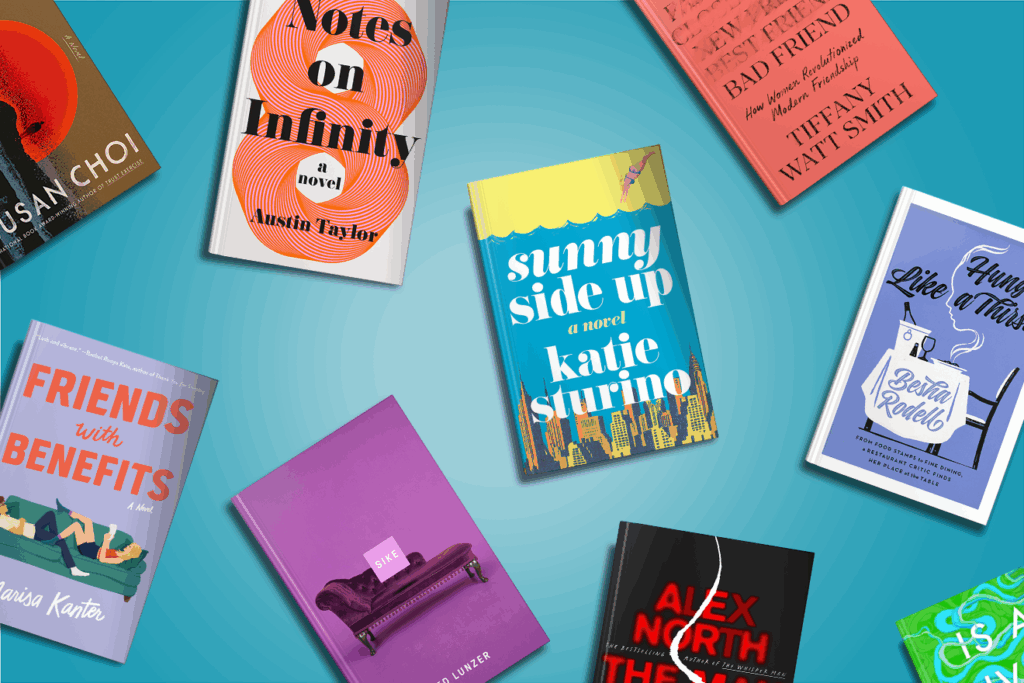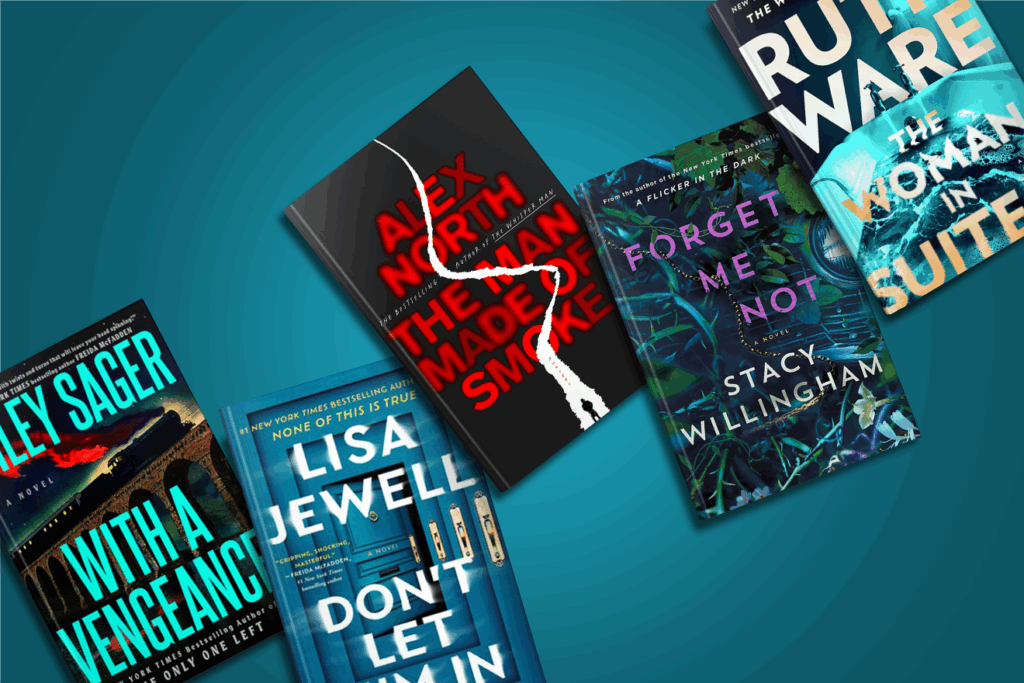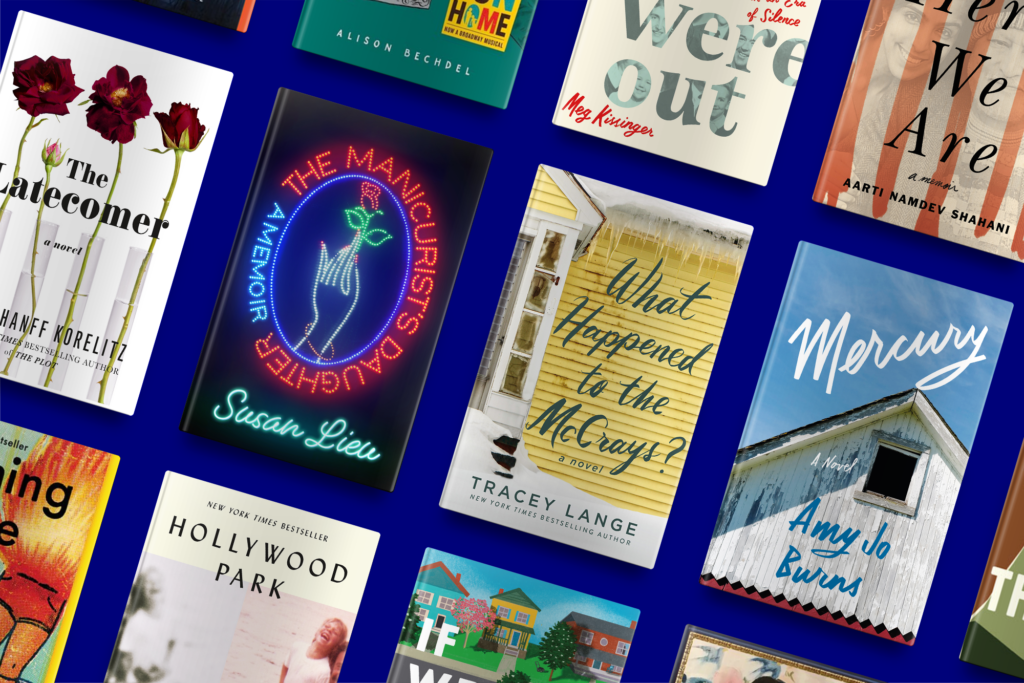Narrative nonfiction infuses true-life accounts with the storytelling techniques of your favorite fictional narratives. From mind-boggling scientific odysseys and eye-opening historical reports to nerve-jangling true crime investigations, the genre has something for everyone. But what is narrative nonfiction, and how is it different from other literary genres? Buckle up as we journey into the history and controversies of narrative nonfiction, where we’ll discover some captivating reads that are anything but dull.
What Is Narrative Nonfiction?
Sometimes referred to as literary nonfiction or creative nonfiction, narrative nonfiction draws on the literary methods of fiction writing to present well-researched information. It’s a flexible term that can be applied to various works and styles, including memoir, history, investigative journalism, current affairs, and scientific accounts. What sets the genre apart from more traditional nonfiction is that narrative nonfiction aims to entertain as much as inform by building a compelling story around its central subject.
As such, some of the most popular narrative nonfiction books center on groundbreaking discoveries, ripped-from-the-headlines investigations, or major historical events. Recent examples include Paul Kix’s You Have to Be Prepared to Die Before You Can Begin to Live, which chronicles a crucial moment in the Civil Rights Movement, and Elon Green’s Edgar Award–winning true crime book Last Call, which examines a harrowing murder case from 1980s and ’90s New York. Narrative nonfiction also excels at telling quieter human stories that connect to deep social issues. One such example is Brothers on Three by journalist Abe Streep. The award-winning nonfiction book follows a group of young basketball players from Montana’s Flathead Indian Reservation as they embark on their final year of high school. What begins as a seemingly straightforward sports book about a championship season soon blossoms into a moving examination of identity, community, and growing up under the weight of generational trauma.
The appeal of narrative nonfiction is that it invites us to learn about real-life people and events in a way that’s both edifying and enthralling. By enhancing factual accounts with literary techniques like world-building, character development, rising action, and compelling dialogue, authors of narrative nonfiction connect with their readers on multiple levels — and, ideally, help them gain a more thorough understanding of the topic at hand. The key, of course, is applying these narrative enhancements without damaging factual accuracy.
What Are the Origins of Narrative Nonfiction?
Perhaps you noticed that a number of the authors mentioned thus far are journalists. In fact, the origins of narrative nonfiction can be traced back to the New Journalism movement of the 1960s, which sought to infuse nonfiction reporting with literary sensibilities. Traditional journalism typically featured reporters who delivered the news with impartial authority. New Journalists, in contrast, saw personal transparency, subjective reporting, and uniqueness of voice as keys to capturing a moment and connecting with an audience. Leaders of the New Journalism movement included Tom Wolfe, Truman Capote, Joan Didion, Hunter S. Thompson, and Norman Mailer. While their works differed in tone and format — for instance, Tom Wolfe’s Electric Kool-Aid Acid Test and Norman Mailer’s Armies of the Night tended toward novelistic memoir, while Truman Capote’s In Cold Blood was an innovative true crime book — they all pushed back at the notion that neutrality was necessary for impactful and effective journalism.
Are There Controversies About Narrative Nonfiction?
When you test the limits of nonfiction, you inevitably run into thorny issues about the truth. After all, how much creative license are you allowed to take before your true-life account crosses into fiction? As a result, narrative nonfiction has had its share of controversies. Throughout his career, Capote faced questioning about the veracity of certain scenes and dialogue from In Cold Blood. Janet Malcolm, an author and a New Yorker journalist who frequently explored issues of journalistic objectivity in her work, was sued for libel by a subject of her 1984 book In the Freud Archives. She later provoked debate in 1990 with The Journalist and the Murderer, which delves into the ethics of journalism and the troubled relationship between an author and their subject. Perhaps the most high-profile narrative nonfiction controversy centers on James Frey’s 2003 book A Million Little Pieces. While the work was marketed as a memoir, it was later revealed to contain multiple alterations and outright fabrications. The revelation sparked a heated conversation over what constitutes a memoir and led to a notoriously tense interview with Oprah Winfrey just weeks after she had picked the book for her book club.
What Are Some Different Styles of Narrative Nonfiction?
As discussed, narrative nonfiction covers an array of subjects, styles, and authorial positions. Here are just a few of the most popular subgenres of narrative nonfiction.
Historical Nonfiction
Historical nonfiction books investigate the chapters of the past from a lively perspective, bringing yesteryear to life and often drawing parallels to present-day events. Popular works include In the Garden of Beasts by Erik Larson and Isabel Wilkerson’s The Warmth of Other Suns, an award-winning account of Black migration in America. Another excellent example of historical nonfiction is You Have to Be Prepared to Die Before You Can Begin to Live by journalist Paul Kix. In it, Kix vividly chronicles Project C, the 10-week 1963 Civil Rights campaign to desegregate Birmingham, Alabama, that was led by Martin Luther King, Jr., Wyatt Walker, Fred Shuttlesworth, and James Bevel. Kix’s gripping prose and fine eye for detail transport readers back to this crucial moment in history, guiding us through the campaign and tracing a clear line from the events of 1963 to today’s continuing fight against discrimination and racial inequality.
True Crime
True crime is a popular literary genre that traces back through history but reached a new level of readership with the 1966 publication of Truman Capote’s In Cold Blood. The influential work centers on the 1959 murder of the Clutter family in Kansas. Capote spent years researching the murders, gathering accounts from locals, and interviewing the convicted killers before crafting his account. The resulting narrative was a national bestseller that read more like a novel than a work of reporting — indeed, Capote himself viewed In Cold Blood as a “nonfiction novel.” Today it stands as a landmark of true crime and narrative nonfiction. A modern-day example of exceptional true crime is Elon Green’s Last Call: A True Story of Love, Lust, and Murder in Queer New York. The Edgar Award–winning book examines the lesser-known case of the Last Call Killer, a serial murderer who targeted gay men in New York City in the 1980s and ’90s, at the height of the AIDS epidemic. Green’s book not only recounts the investigation but condemns the entrenched intolerance that allowed these killings to go overlooked for years, and it champions the strength of the gay community in the face of violence, persecution, and sustained social ostracization.
Investigative Journalism
In many ways, investigative journalism is an ideal form of narrative nonfiction: Each account examines a harrowing real-life event from a deeply personal perspective, often with the journalist at the center of their own story. All the President’s Men by Carl Bernstein and Bob Woodward is a seminal work. More recent examples include Beth Macy’s Dopesick, which examines the opioid crisis in America, and She Said by Jodi Kantor and Megan Twohey, which recounts the sexual harassment investigation that sparked the #MeToo reckoning. In Bad City: Peril and Power in the City of Angels, Pulitzer Prize–winning journalist Paul Pringle combines investigative reporting with personal narrative to compelling effect. The nonfiction thriller takes readers along for the ride as Pringle and his colleagues at the L.A. Times unearth a web of criminality at the University of Southern California and root out corruption across Los Angeles. Rather than writing an impartial report, Pringle chronicles the investigation from his perspective, beat by beat. As a result, Bad City reads like a noir novel come to life, merging true crime and investigative reporting with the shocking twists of an L.A. mystery.
We’ve only just begun to scratch the surface of narrative nonfiction, and there’s a vast world to explore. Whether you’re looking to dive deep into the past, learn about scientific breakthroughs, or lose yourself in a true-life story, there’s a perfect nonfiction book out there that will open your eyes and keep you enthralled until the last page is turned.



